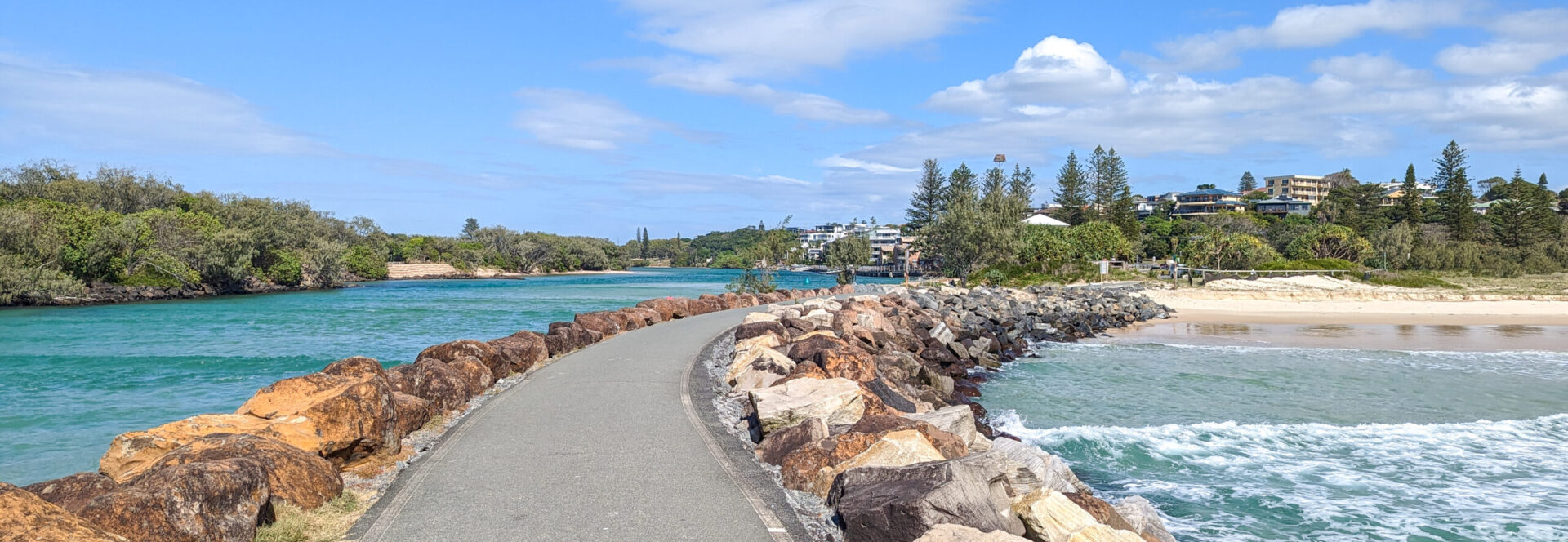Eel smuggling has emerged as a significant environmental and economic issue, driven by the high demand for Unagi, the freshwater eel used in various culinary delights. This illegal trade threatens several eel species and involves complex transnational crime networks. Understanding the scope and impact of eel smuggling is essential for addressing this pressing problem.
The Demand for Unagi
Unagi is a prized ingredient in Japanese cuisine, especially for dishes such as kabayaki (grilled eel), unadon (eel rice bowl) and hitsumabushi (grilled eel over rice). The popularity of these dishes has led to overfishing and a subsequent decline in wild eel populations, pushing them towards endangered status .
The Illegal Trade Network
Several eel species, including the Japanese eel (Anguilla japonica), European eel (Anguilla anguilla) and American eel (Anguilla rostrata), are now considered endangered . The scarcity and high market value have fostered a lucrative black market for eels, particularly glass eels (juvenile eels). These are often smuggled across borders and grown to maturity in aquaculture facilities. The clandestine nature of this trade is exacerbated by the involvement of organized crime networks operating internationally, exploiting regulatory and enforcement discrepancies across countries .
Regulatory and Conservation Efforts
Efforts to curb eel smuggling include international agreements such as the Convention on International Trade in Endangered Species of Wild Fauna and Flora (CITES), which lists certain eel species, requiring permits for their trade . National laws also impose quotas and closed seasons to protect eel stocks. Conservation initiatives focus on breeding programs, habitat restoration and promoting sustainable eel farming practices .
Countries Involved
Key players in the eel trade and smuggling networks span various countries:
Japan: The largest consumer of Unagi.
China: A major hub for eel farming and trade.
Europe: Particularly Spain and France, where glass eels are harvested and exported.
United States: Both a consumer and transit point in the illegal eel trade.
Southeast Asia: Including countries like Vietnam and Thailand, involved in both legal and illegal eel trade activities .

Popular Eel Dishes
Eel features prominently in various cuisines, with some notable dishes including:
Kabayaki (Japan) – Grilled eel glazed with a sweet soy-based sauce.
Unadon (Japan) – A rice bowl topped with kabayaki eel.
Hitsumabushi (Japan) – Grilled eel served over rice, eaten in three stages.
Jellied Eels (UK) – Cooked eels set in gelatin, a traditional London dish.
Anguilles à la Provençale (France) – Eel cooked with tomatoes, garlic, and herbs .
This blog post was inspired by the captivating Netflix series Bodkin, produced by Michelle and Barack Obama. The series shed a subtle light into the world of eel smuggling and its dark underbelly. This fictional series somehow peeked my interest to research eel smuggling.
The illegal eel trade underscores the complexities of balancing culinary traditions with sustainable practices. While regulatory measures and conservation efforts are steps in the right direction, raising consumer awareness and promoting sustainably sourced eel are crucial for the future of this delicate species.
Information for this blog post was derived from various sources, including conservation reports, international trade regulations and culinary references on the demand and use of eels in different cuisines.
Sources:
National Geographic. “Why Eel Smuggling Has Surged.” National Geographic
BBC News. “Inside the Murky World of Eel Smuggling.” BBC
International Union for Conservation of Nature (IUCN). “The IUCN Red List of Threatened Species.” IUCN Red List
World Wildlife Fund (WWF). “The Illegal Trade in European Eels.” WWF
Convention on International Trade in Endangered Species of Wild Fauna and Flora (CITES). CITES
Food and Agriculture Organization (FAO) of the United Nations. “Eel Farming and Conservation.” FAO
TRAFFIC. “Eel Smuggling and the Black Market.” TRAFFIC
TV Insider. “‘Bodkin’ on Netflix: Cast Goes Behind the Scenes of Quirky Irish Thriller.” TV Insider
Culinary references from Japanese, British, and French cuisine archives.
Wikipedia. “Bodkin (TV series).” Wikipedia
Discover more from Ports In Paradise
Subscribe to get the latest posts sent to your email.


